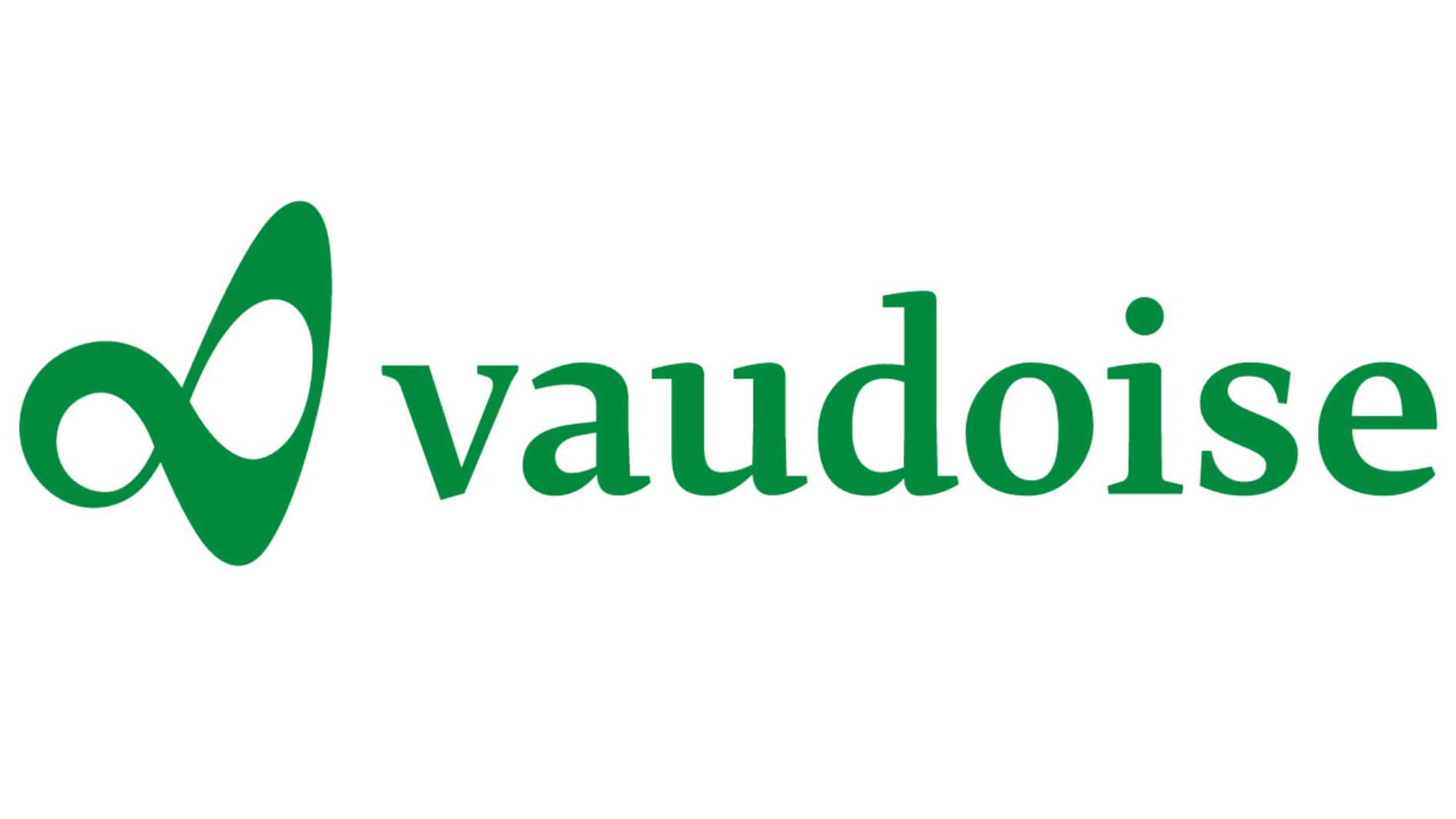“My ambition is to lay the foundations
for the seamless integration of both AI and IoT”
Jean-Daniel Laffely
Jean-Daniel Laffely was appointed CEO of the Vaudoise Insurance Group in May 2020, after more than a decade in senior leadership roles within the company. He joined Vaudoise in 2006 as Chief Risk Officer, later serving as Chief Financial Officer from 2009 to 2020 before taking the helm.
Under his leadership, Vaudoise has undergone a large-scale digital transformation with a focus on automation, personalised customer service, and artificial intelligence. At the same time, he and his predecessor have reinforced the company’s cooperative model based on solidarity and proximity by redistributing more than 400 million Swiss francs to policyholders since 2012. His ambition is clear: “To be Switzerland’s preferred insurer.”


About the Vaudoise Insurance Group
Lausanne-based Vaudoise Insurance is one of Switzerland’s top ten private insurers, established in 1895 and operating through over 100 agencies nationwide. As a cooperative majority-owned by Mutuelle Vaudoise, the group reinvests part of its profits in the form of premium rebates for policyholders. With a workforce exceeding 2,100, it offers a wide range of insurance, pension, and mortgage services, underpinned by its core values of proximity, reliability, empathy, and proactivity.
Vaudoise consistently earns top marks for customer satisfaction and its contact centre holds the Swiss Customer Service Excellence label. The company has also demonstrated its commitment to sustainability and support for responsible investment practices by joining the BBFAW Global Investor Collaboration on Farm Animal Welfare [1].
Summary
The insurance sector is being reshaped by climate change, geopolitical shifts, and rising customer expectations. In this interview, the strategy of Vaudoise Insurance is outlined, showing how innovation is balanced with founding values.
Transparency, solidarity, and sustainability are emphasised as key elements to ensure resilience and long-term relevance.
Questions of Michał Trochimczuk, President of Sollers Consulting,
for Jean-Daniel Laffely, CEO of Vaudoise Insurance Group
Michał Trochimczuk: The last 25 years: What have been the most important technological developments for the insurance sector over the last 25 years, and how significant have they been for Vaudoise's activities?
Jean-Daniel Laffely: Over the past 25 years, Vaudoise has gradually integrated technological advances to develop its operations and improve customer experience. Digitalisation and automation have enabled us to reduce costs and optimise our processes. One example is the shift from paper to digital, which we started well over ten years ago. In addition, through online services and digital offerings we can be accessible and offer solutions at all times, although admittedly direct penetration of this market remains insignificant in Switzerland to date, with customers preferring the ROPO (Research online, purchase offline) model.
As an insurer, we must also mention technological advances in vehicles and vehicle electrification, which are reducing civil liability risk but increasing comprehensive insurance costs due to embedded technologies. The future promises to be exciting and challenging. The development of artificial intelligence, particularly generative AI, is a major advance, with tangible applications in claims management and pricing. There is no doubt that AI will become even more widely used in the future. All these innovations will enable us to remain competitive and meet our customers’ growing expectations in terms of speed, customisation, and security.
Michał Trochimczuk: Current challenges: The world is currently facing numerous geopolitical, economic, and environmental challenges. Which do you consider to be the most important from Vaudoise’s perspective, and how are you addressing them?
Jean-Daniel Laffely: Vaudoise is confronted with several major challenges in the current environment. Geopolitical tensions and economic uncertainties are influencing financial markets and consumer behaviour, requiring increased vigilance and continuous adaptation of our asset management and risk selection strategies.
Environmental issues, such as climate change, represent another key challenge, as the frequency and severity of claims are increasing every year. Prevention and preparedness are critical to minimise the impact for both policyholders and insurers. We are addressing these challenges by strengthening our resilience, diversifying our investments and risks, and integrating sustainability criteria into our decision-making processes. Our commitment to innovation and social responsibility allows us to effectively meet client expectations while contributing positively to society.
We must also highlight the U.S. customs tariffs imposed by the Trump administration – set at 39% (!) for Switzerland. This will affect SMEs exporting to the U.S. as well as national GDP growth. Political responsiveness and the creativity of local businesses will be key to ensuring that our country is not penalised more severely than its neighbours.
Michał Trochimczuk: The next 25 years: What changes will have the greatest impact on the insurance sector in the future? What do you foresee for Vaudoise’s activities? What role will technological advances such as AI, IoT, and quantum computing play?
Jean-Daniel Laffely: The insurance sector will undeniably be transformed by these major technological advances. These transformations rely on robust technological foundations and well-structured data/metadata. If these requirements are met, AI will be able to fully deploy its potential across multiple areas of insurance – pricing engines, product offerings, client relationship simplification, and claims management. It will also leverage the Internet of Things (IoT), enabling real-time data collection for proactive risk management. Quantum computing, though still under development, promises far greater computational power, paving the way for more accurate predictive and pricing models – though this remains highly abstract at present.
Furthermore, Level 4 autonomous vehicles could greatly reshape the role of insurers. We have been discussing this for over a decade. Amara’s Law [2] applies here: the impact has been overestimated in the short term but will likely be underestimated in the long term. We believe these technologies will provide unique opportunities to improve operational efficiency, enhance customer satisfaction, and develop innovative insurance solutions. We must remain at the forefront of these advances to meet the evolving needs of our clients and maintain our leadership position. At the same time, we must broaden and diversify our revenue streams to avoid overexposure to potential market disruption in key product areas such as motor insurance.
Michał Trochimczuk: Vaudoise is one of the few Swiss mutual insurers to have strengthened its market position while remaining true to its founding values. How has this model shaped your vision of digitalisation? And how can mutualism evolve to remain relevant to younger generations, who are particularly sensitive to impact and transparency in an ultra-connected world?
Jean-Daniel Laffely: Vaudoise’s cooperative model, built on values of solidarity and proximity, has indeed strengthened our market position in Switzerland. One key element is involving our clients in our success – since 2012, we have redistributed over 400 million Swiss francs to our policyholders. While this model might seem outdated in some industries, in insurance it is highly modern.
Technology is not an end in itself; it must respond to consumer needs. This principle guides the large-scale transformation programme we have embarked on in recent years. Technology is essential to sustaining our growth. Digitalisation improves the accessibility and transparency of our services, while also enabling us to tailor our offerings and respond more quickly to client needs – all while remaining true to our values.
To remain relevant to younger generations, we are integrating sustainability and social impact criteria into our decisions and communicating transparently about our actions. Our cooperative model is thus evolving to combine tradition with innovation and meet the expectations of an ultra-connected world.
Michał Trochimczuk: If a retrospective article were published in 2035 in the specialised press recounting your tenure as CEO, what do you hope would be highlighted? What legacy would you like to leave at Vaudoise?
Jean-Daniel Laffely: First and foremost, I want to emphasize that a company’s value is created collectively by its employees, not by a single person or the executive committee. With that in mind, I hope it would highlight the major transformation Vaudoise has undergone to become digital ready. My ambition is to lay the foundations for the seamless integration of both AI and IoT, with a constant focus on improving customer experience and satisfaction. I would like my tenure to be remembered as one of active, meaningful modernisation aligned with our vision to be Switzerland’s preferred insurer.
I aim to leave a legacy of successfully combining technological innovation, operational excellence, and human connection – three essential pillars for Vaudoise’s long-lasting success and relevance in a constantly changing world.
I also hope that our commitment to sustainability – through responsible investments and initiatives to reduce our carbon footprint – will be recognised and that our cooperative model will continue to resonate with younger generations.
Finally, I would like my mandate to be remembered for creating long-term value for the Group, both in the insurance business and in the development of closely linked complementary activities.
- - - - - - -
[1] A leading global measure of policy commitment, performance, and disclosure on animal welfare in food companies.
[2] Amara's Law states that "We tend to overestimate the effect of a technology in the short run and underestimate the effect in the long run," highlighting a common misjudgement in predicting technological impacts. Amara's Law was coined by Roy Amara, an American scientist and futurist, who recognised a recurring pattern in how people perceive new technologies (source: https://thevirtulab.com/what-is-amaras-law/).
Read other CEO Voices Interviews








Contact Us

